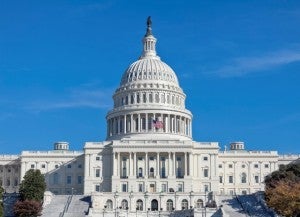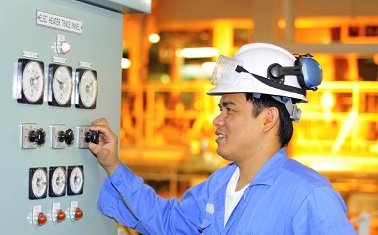This week, during a special hearing by the Joint Economic Committee of Congress, legislators gathered a cross-section of industry, policy, and environmental leaders to testify about the economic impacts of increased natural gas development. I was one of the witnesses, on behalf of Environmental Defense Fund, arguing that natural gas can only be a net winner for the economy if government acts fast to limit the impacts of new hydrocarbon development on air, water, and the global climate.
There is no question that unconventional gas development is lowering energy costs, creating new jobs, and supporting more domestic manufacturing. But it also poses real and substantial risks to public health and the environment – as well as a growing threat to the industry’s social license to operate. Continued expansion of U.S. gas development must be balanced with a strong commitment to protect against these impacts.
The congressional committee of both senators and representatives exhibited sharply differing perspectives on expanding natural gas regulation. The core question before all levels of government is whether the appropriate steps are being taken to implement and enforce the regulations necessary to minimize the risks. The answer: not yet.














